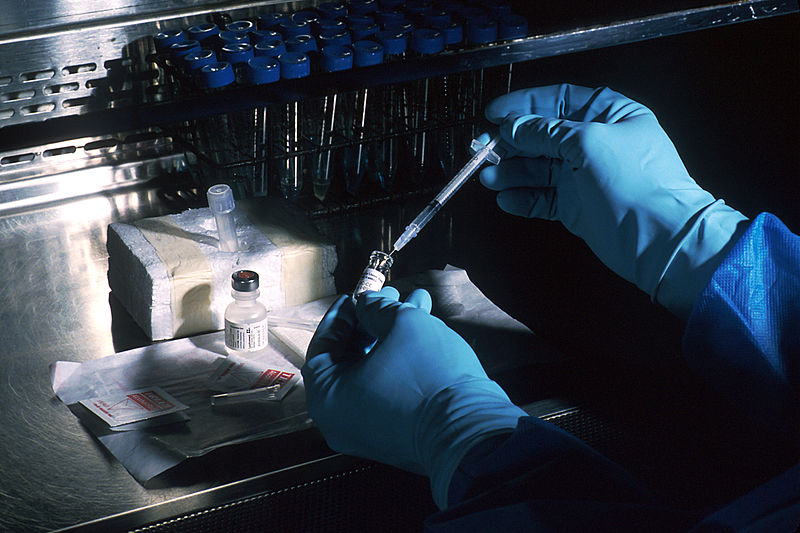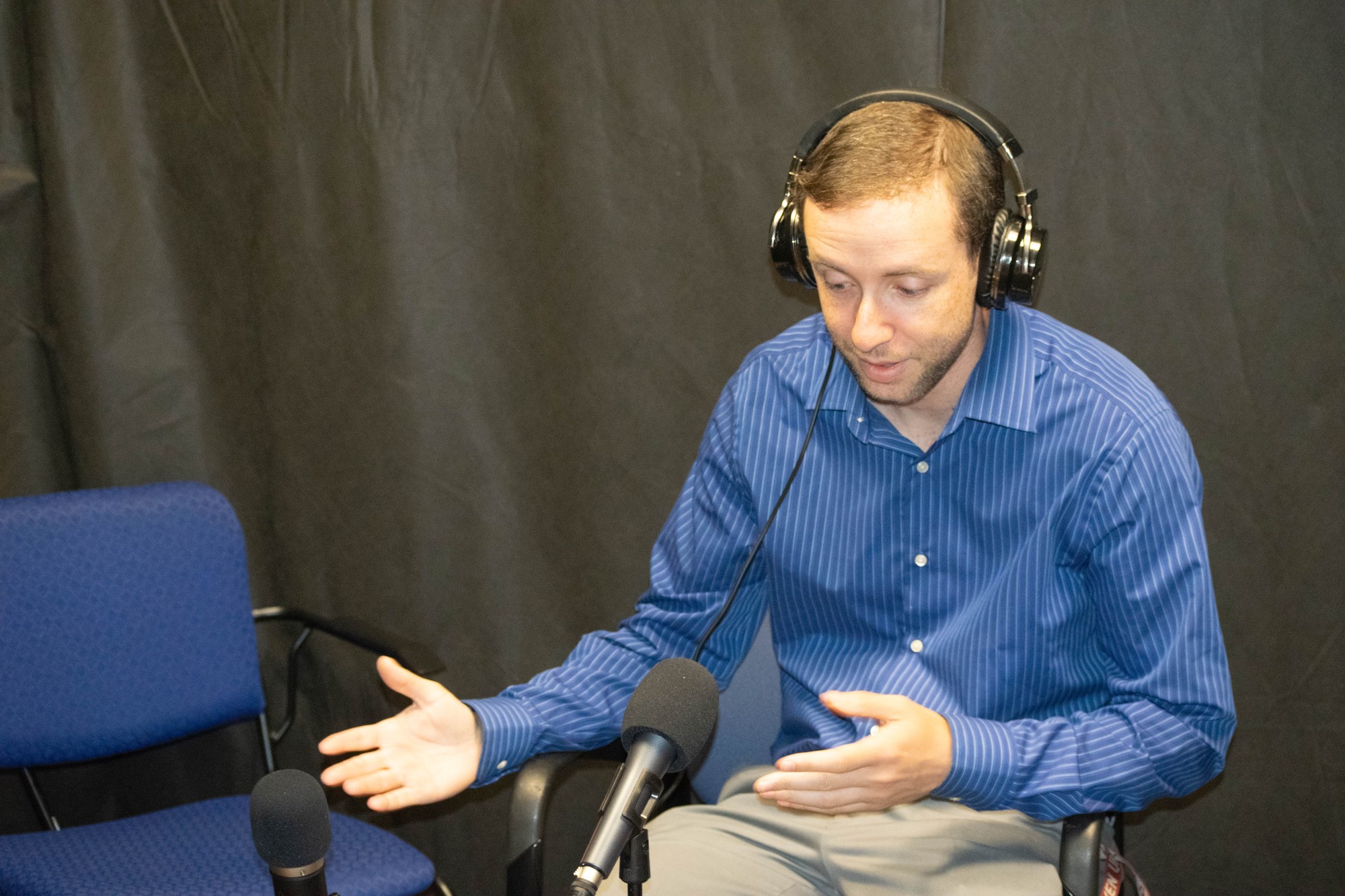During an exercise in fire safety, students watched a simulation on the Campus Green Thursday, March 3, that showed how quickly a fire can spread and engulf a dorm room.
A mock dorm room was built and set up on the Campus Green the previous day, furnished with a wooden bed, a blanket, a chair, some posters, an area rug, books and notebook paper. To signal the beginning of the demonstration Thursday, KSU’s security and safety officials ignited the fire with a candle around 12:20 p.m.
Two minutes later, a large flame began to rise in the mock dorm room, and, at 12:24 p.m., the ceiling caught fire. Finally, at 12:26 p.m., the entire room was engulfed in flames, and dark smoked billowed from the Campus Green. Once it was clear that this was the extent of the fire, a firefighter sitting with a hose in front of the dorm doused it to conclude the simulation.

Freshman and software engineering major, Angelica Victoria, was one of the students who gathered to observe the event. She hopes to use this as a tool to teach others.
“I’m typically more careful in my room, but my sister on the other hand, leaves a lot of things plugged in, which can be very dangerous,” said Victoria. “So hopefully, if I show her a video of this, she will finally be able to realize that it takes only five minutes and then everything’s gone.”
KSU’s campus fire marshal, Matthew Shannon, explained to students what was happening as the event unfolded.
“I think it’s beneficial for students to be able to see how quick a fire can grow on them, and make them more fire-safety-savvy and aware of the potential hazards that they can face while they live on campus,” Shannon said.
Shannon said this demonstration was very realistic, and that dorm fires can also be caused by overloading an electrical outlet or smoking in the dorm rooms, which is prohibited at KSU.
“It’s definitely realistic with the size of the room and the amount of stuff,” Shannon said. “A normal dorm room would even have a desk in there. We weren’t able to fit a desk, so there’s even more stuff that a normal room would have.”
“We try to do [this simulation] every semester,” Shannon said. “And we are going to try to do one, if the weather will cooperate, in September next semester.”



